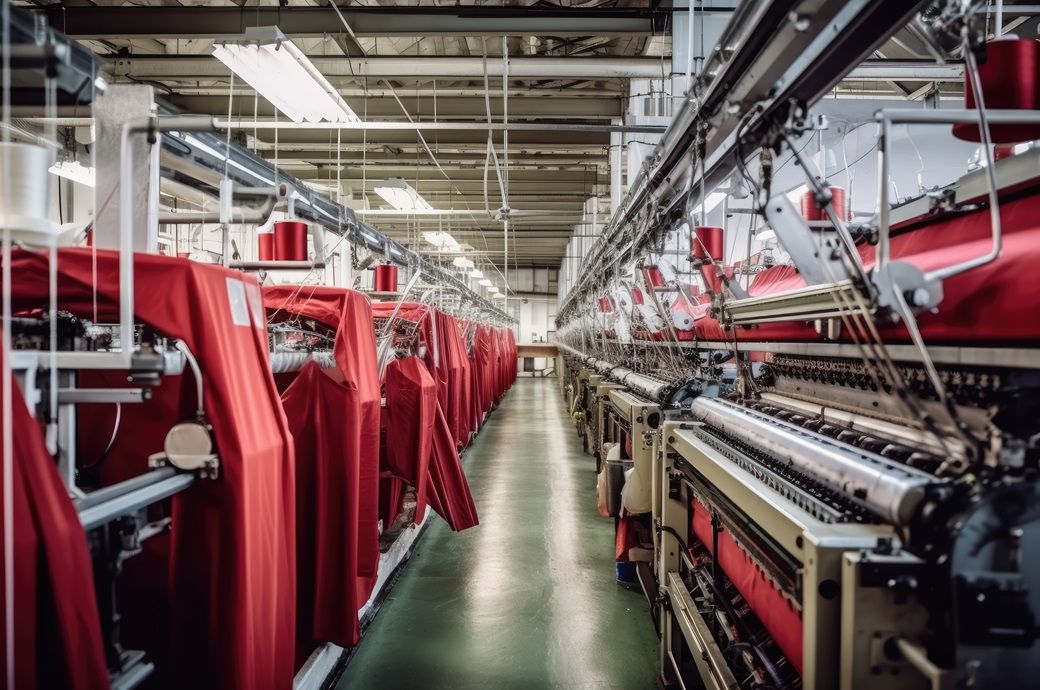
Maharashtra’s textile secretary Virendra Singh addressed industrialists, noting that the state produces 90 lakh bales of 170 kg each year, but its capacity to process natural fibre is only 30 per cent. He emphasised that the state provides excellent infrastructure and a conducive environment for investment.
The government is investing in skilling the workforce to prepare them for the industry. Advanced training centres have been established in the state, and artisans are being further trained to meet modern requirements. Additionally, the state is establishing a technical textile park to focus on the emerging segment.
State officials stated that the Maharashtra government is offering capital subsidies for fixed investments in sub-sectors such as ginning and pressing, spinning, power loom, processing knitting, hosiery and garmenting, non-conventional yarn and fibre, and technical textiles. There is no upper limit on the subsidy amount payable to an investor. There will be an upper limit on subsidies for mega investment projects, however, they will attract the highest rate of subsidy.
Under the Maha-TUFS scheme, the government has divided Maharashtra into four zones to ensure balanced investment in different areas. Textile investment in Zone-1, which comprises Vidarbha, will attract the highest investment. Micro, small, and medium enterprises will receive a 45 per cent capital subsidy in Zone-1. Large-scale companies will receive a 40 per cent subsidy, while mega projects will receive a 55 per cent subsidy up to ₹250 crore. Similarly, investing companies will receive differentiated subsidies in all zones depending on their investments.
Fibre2Fashion News Desk (KUL)